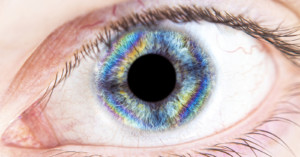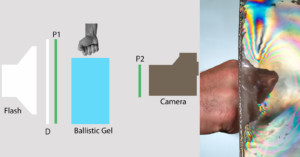
Can Certain Sunglasses Actually Make You a Better Photographer?
In ways much like the chicken and the egg, it is tough to distinguish which came first, my love of photography, or my obsession with optics.

In ways much like the chicken and the egg, it is tough to distinguish which came first, my love of photography, or my obsession with optics.

The Event Horizon Telescope (EHT), which was responsible for producing the first-ever image of a black hole in 2019, has today revealed a new polarized view of the M87 black hole that reveals the structure of its magnetic fields, key in explaining how it is able to launch energetic jets from its core.

One of the many fascinating effects of cross-polarization is called “birefringence”, which is responsible for the psychedelic gradients in the seen here.

Cross polarization is a technique that uses two polarizing filters - one on the light source and on e on the camera lens - to get rid of unwanted specular reflections.

The folks over at Envisioning Chemistry have created yet another spellbinding time-lapse that will appeal to photography nerds and science nerds alike. Using a polarized light microscope, they captured the kaleidoscope of colors as various substances crystalized in front of their lens.

Researchers from the University of Illinois have managed to create a new camera called the Mantis Cam that can see polarized light. This technology provides possible solutions for everything from unlocking the mysteries of the underwater world to early cancer detection.

Polarized light is light that has waves oscillating all in the same direction. There are two basic ways to get polarized light: from reflection or by using a filter.

Many materials show internal stress when illuminated with polarized light and photographed with a second analyzing polarizer. This unique property of materials is called birefringence. Some of the more common material that exhibits this property is glass, ice, and most plastics.